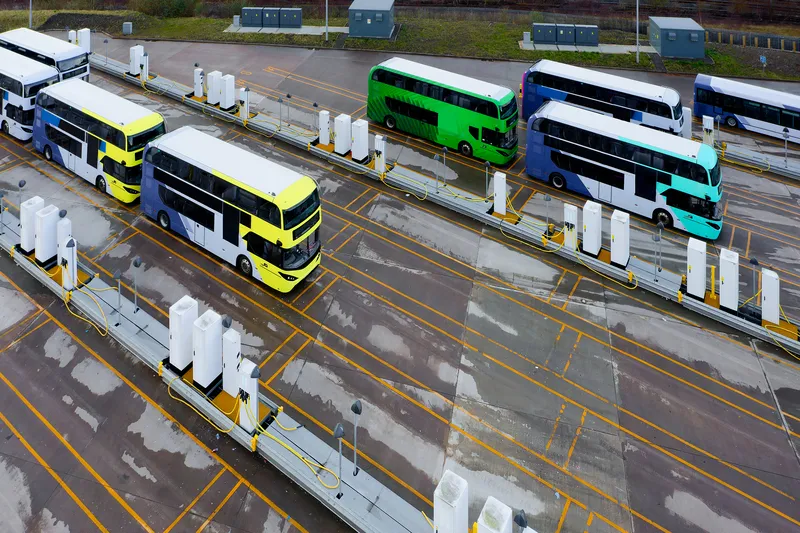Road users in the UK will see around 900 extra lane miles of road capacity added to England’s strategic highway network by 2021, a third more than was provided in the previous decade.
The boost is thanks to a huge US£39.7 billion investment, the biggest since the 1970s, which will see annual funding for enhancements to motorways and major A roads triple over the next six years. Investment includes more than US$15 billion on maintenance, US$10 billion of which will be spent on resurfacing 3,000 miles of the strategic road network.
Roads minister John Hayes said: “As a crucial part of our long-term economic plan to secure a brighter future for Britain, we are fixing problems that have been created by governments of the past by delivering around 35 per cent more capacity on our roads than was delivered in the nine years up to 2010. It is because of the difficult decisions that this government has taken that we are able to triple investment in our major roads to over US$5 billion a year up to 2021.”
The period 2001 to 2010 saw construction of 574 lane miles. This government has committed to 60 new road schemes, the majority of which will be completed by 2021, subject to value for money and deliverability. This will provide 962 miles of new road, 35% more miles of road per year than under the previous government.
More road schemes are expected to be added to the programme following the 2014 Autumn Statement, which could include solutions identified as part of six feasibility studies that are looking at dealing with some of the most notorious and long-standing hotspots on England’s roads, including the A303 in the south west and the A47 in the east of England.
Along with the results of the
Roads revolution adds 900 miles of extra capacity
Road users in the UK will see around 900 extra lane miles of road capacity added to England’s strategic highway network by 2021, a third more than was provided in the previous decade.
The boost is thanks to a huge US£39.7 billion investment, the biggest since the 1970s, which will see annual funding for enhancements to motorways and major A roads triple over the next six years. Investment includes more than US$15 billion on maintenance, US$10 billion of which will be spent on resurfacing 3,000 miles of t
August 27, 2014
Read time: 2 mins









